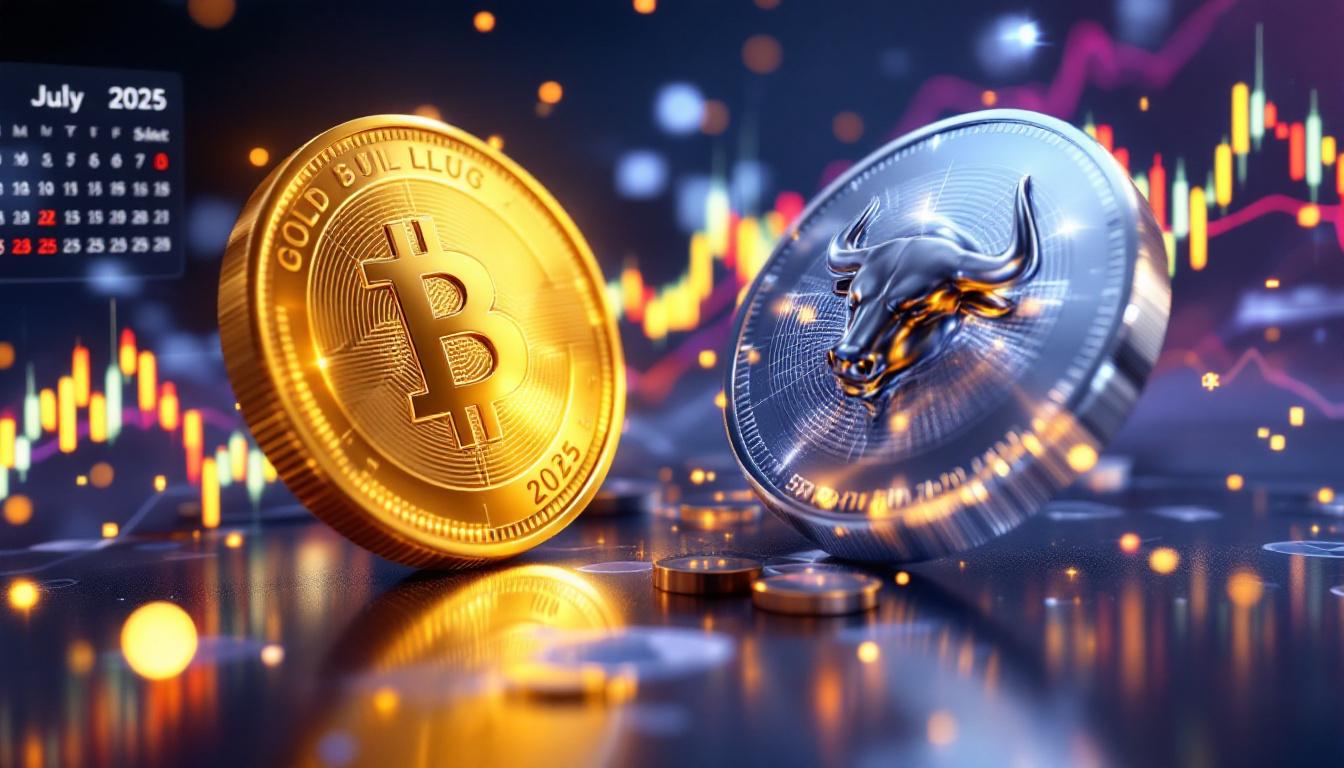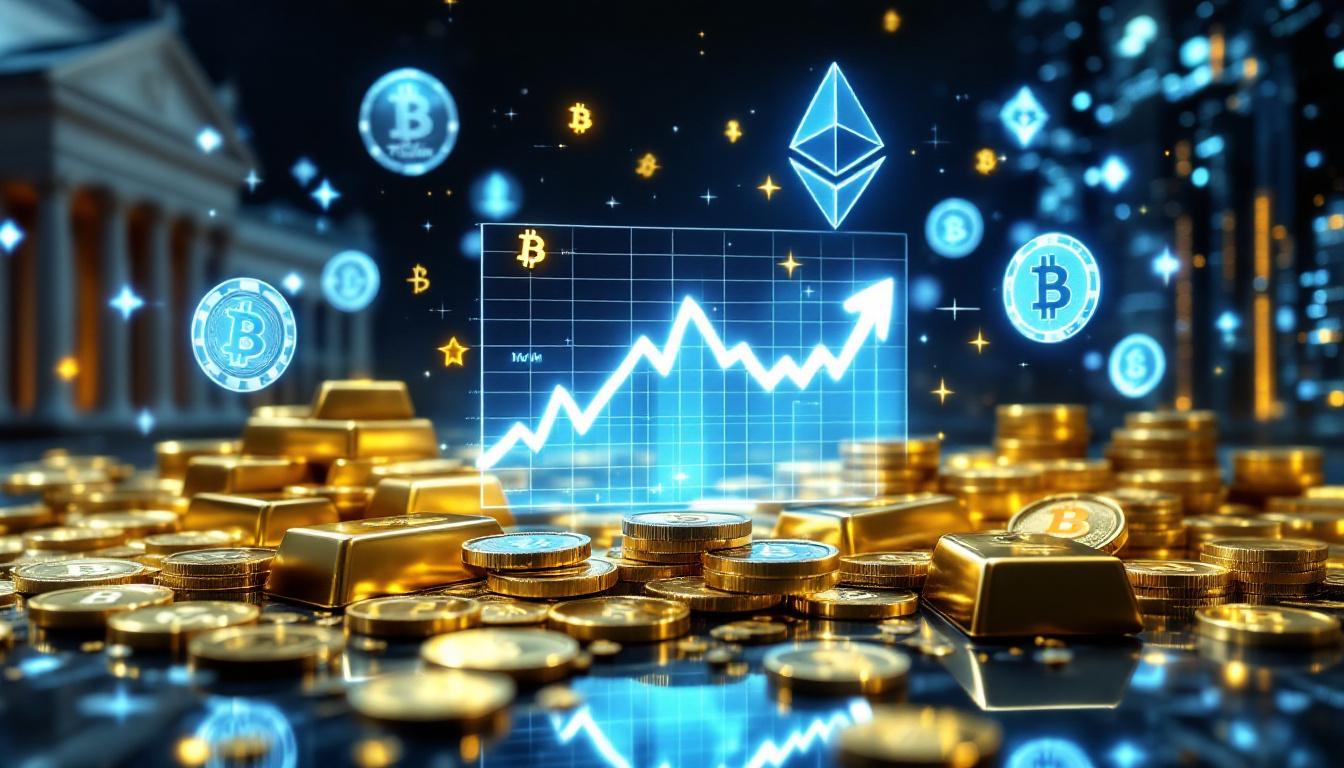The battery raw materials market update 2025 continues to shape a complex global landscape. The sector is evolving amidst shifts in lithium, cobalt, nickel, manganese, and graphite supply chains. Industry players will need to navigate uncertainty and geopolitical interventions to secure their supply base and realise long‐term opportunities.
What's Driving the Market Forward?
Market participants are watching several trends emerge. A lingering oversupply in key sectors is now accompanied by signs of rebalancing. Recent developments suggest a cautious shift in the market’s dynamics. Geopolitical pressures, technological advances, and evolving environmental regulations all influence the current environment.
Energy storage adoption is accelerating. European electric vehicle sales are rebounding. Resource nationalism in producing nations has forced companies to reassess their positions. These factors have created both challenges and opportunities, compelling stakeholders to monitor the shifting supply-demand balance closely.
In addition, a recent robust battery materials outlook has highlighted opportunities for companies to adjust production strategies amid market uncertainties.
How Are Lithium Markets Performing in Early 2025?
The lithium market faces pressure due to high inventories. By the end of 2024, salt stockpiles reached nearly 220,000 tonnes of lithium carbonate equivalent—almost 20% of annual demand. This surplus has supported a downward pressure on prices.
Post-Chinese Lunar New Year restocking underperformed expectations. Downstream cathode and battery manufacturers remain cautious amid price uncertainty. Restocking hesitancy has prolonged the bearish market sentiment despite improving fundamentals.
Miners have maintained firm pricing at around $850+ per tonne. Margin pressure for converters is increasing as lithium salt prices decline. Recent advances such as innovative lithium production techniques offer hope for improved production efficiency.
Bright spots for lithium demand include:
• A rebounding European EV market
• Growing popularity for plug-in hybrid vehicles
• Energy storage systems forecast to boost demand by nearly 50% year-on-year
Paul Lusty of Fastmarkets remarks, "We are entering a highly uncertain but potentially transformative year for lithium."
What Impact Has the DRC Export Ban Had on Cobalt Markets?
The Democratic Republic of Congo’s cobalt export ban has dramatically shifted market sentiment. Since the ban on February 21, 2025, global prices have adjusted rapidly. Chinese cobalt metal prices have surged by 27%, while standard grades saw a 12% increase.
Current cobalt stocks remain insufficient as battery producers face urgent supply concerns. The shortfall, combined with reduced exports, has compounded challenges for high-nickel cathode manufacturers. These manufacturers depend on steady cobalt supplies even with lower cobalt intensity.
Analysts now examine measures such as the US cobalt tariff impacts to gauge the broader repercussions. This intervention is particularly significant as supply disruptions coincide with seasonally heightened production.
Rob Searle of Fastmarkets warns, "A cut of supply this large will likely lead to a significant price correction."
What Are the Key Trends in the Nickel Market?
The nickel market, although facing oversupply, exhibits a complex pricing structure. Prices have experienced significant volatility, with minor average declines despite temporary dips below $15,000 per tonne.
Short-term price differences have emerged. Battery-grade nickel now commands premiums when compared with standard LME material. This split reflects evolving quality requirements within the battery manufacturing sector. Factors such as reduced capacity at major smelters have added strain on the producers.
Reports indicate that emerging trends like nickel sulphate's critical role in the EV revolution could further influence demand. These observations point to a market that is slowly adjusting to production bottlenecks and shifting demand.
Olivier Masson of Fastmarkets notes that despite oversupply conditions, the cleaning up of inventories remains a significant challenge.
How Is the Manganese Market Performing?
Manganese sulphate prices in early 2025 are subdued. The market has seen only minor price gains, with limited spot activity from cathode active material producers. Price increases have mostly been driven by bullish sentiment in upstream manganese ore markets, rather than a resurgence in battery-sector demand.
Chinese manganese sulphate utilisation fell to 27% in January. This drop underlines the persistent overcapacity in the sector. Buyers have pointed to tightening availability, suggesting that conditions may improve over time.
Cathode chemistries are also evolving. Some lithium iron phosphate producers now experiment with manganese doping. This strategy could generate new demand streams, offering a further avenue for market rebalancing.
Rob Searle of Fastmarkets summarises, "The quiet manganese market reflects wider headwinds for battery materials this year."
What Developments Are Impacting the Graphite Market?
The graphite market is facing notable upstream disruption. Green petroleum coke prices surged by 68% in mid-February, compressing margins for anode producers. This shift is beginning to influence pricing structures throughout the supply chain.
Traditionally, the price gap between low sulphur green petroleum coke and needle coke was $300–$400. Now, this gap has shrunk to just $20. Such convergences indicate deep shifts in supply-demand balances among petroleum derivatives.
Several factors drive these shortages:
• Sharp reductions in imported volumes to China
• Policy changes on fuel oil consumption tax
• Declining operational levels in refineries of Shandong province
Spherical graphite prices have now risen for the first time since March 2022. Rising costs have put pressure on Chinese anode makers who face constant margin compression. Industry analyses also highlight challenges in the graphite market due to intensified global trade tensions.
Georgi Georgiev of Fastmarkets concludes that these market shifts represent a major turning point for the graphite sector.
What's Happening in Battery Recycling and Black Mass Markets?
Battery recycling is now a critical component of the supply chain. The EU has pledged €100 billion under the Clean Industrial Deal to foster green manufacturing and enhance recycling infrastructure. This initiative underscores the importance of recycling for both supply security and environmental sustainability.
Despite falling metal prices, black mass payables have increased. In Europe, NCM black mass payables rose 6.6% while Southeast Asia and South Korea experienced similar trends. Disparities between primary metal prices and recycled material costs highlight the market’s evolving dynamics.
Europe's black mass refining capacity is projected at only 20,000 tonnes versus China's 650,000 tonnes. This highlights a significant processing gap that European recyclers must address. Such factors have driven interest in Europe's battery recycling revolution.
Andre Cortesao of Fastmarkets notes, "Europe lacks the refining muscle needed to process its own black mass."
How Are Geopolitical Factors Affecting Demand?
Geopolitics significantly influences battery raw materials. Expectations for Chinese domestic EV sales are robust, forecast between 15-20% in 2025. In contrast, US trade policies and tariffs create uncertainty for the broader automotive supply chain.
Norway's mature market continues to deliver high EV penetration at over 94.7%, providing a model for global adoption. Meanwhile, the European Commission has partially relaxed emissions standards for domestic automakers, complicating the path to decarbonisation.
Tariffs imposed on China and Mexico, effective from March 2025, have added to market uncertainty. These measures are causing shifts that affect both EV and internal combustion engine vehicles.
Connor Watts of Fastmarkets observes that these pressures may redefine supply chain strategies in the coming months.
What Challenges Lie Ahead for Battery Materials?
The outlook for battery raw materials market update 2025 remains both promising and challenging. In the lithium sector, rebalancing prices are leading to cautious optimism. However, rapid restarts of idle capacity could swiftly recreate surplus conditions.
Cobalt markets face upward price pressures, potentiated by limited supply. Meanwhile, the nickel market still grapples with oversupply and a bifurcated pricing structure. In the graphite sector, ongoing technological and trade challenges are prompting calls for industry consolidation.
Key challenges also include:
- Supply chain resilience amid geopolitical tensions
- Investment in green technology and recycling infrastructure
- Adjustments to policy and market interventions that impact trade flows
Geopolitical shifts and rapid market developments remind industry stakeholders that continuous monitoring is essential. The battery raw materials market update 2025 is a clear call for improved coordination across global supply chains.
Industry experts forecast that careful production discipline will be crucial. Companies need to prioritise sustainable practices in order to secure their competitive advantage and adapt quickly. The evolution of these markets will largely depend on policies, technological innovations, and dynamic adjustments in supply and demand.
Want to Stay Ahead of Major Mineral Discoveries?
Discovery Alert's proprietary Discovery IQ model delivers real-time notifications when significant ASX mineral discoveries are announced, helping investors capitalize on opportunities in battery materials and other mineral sectors before the broader market reacts. Explore historic returns from major discoveries at https://discoveryalert.com.au/news/discoveries/ and position yourself to benefit from the next market-moving announcement.




